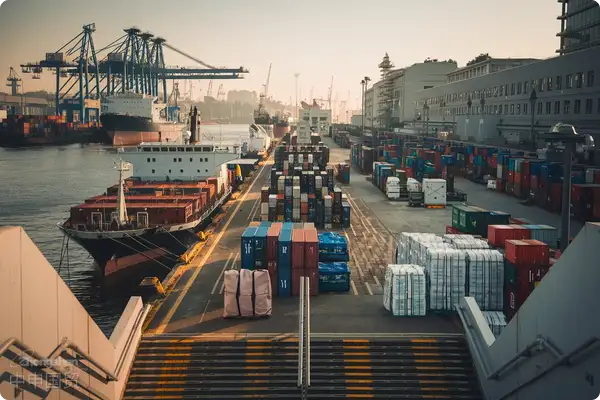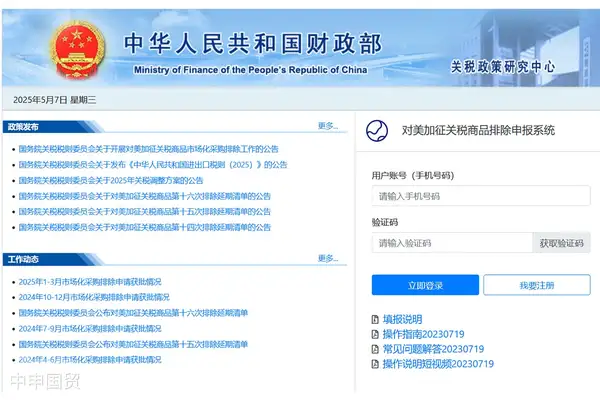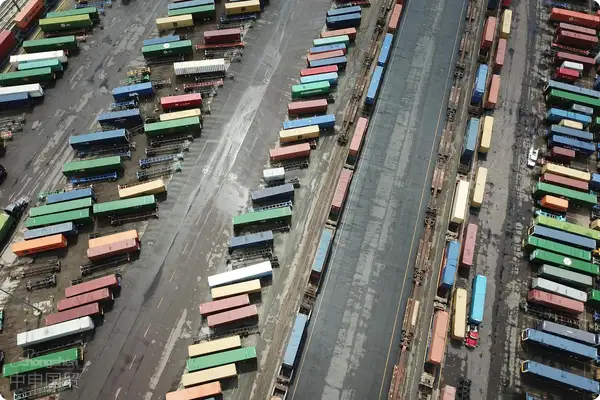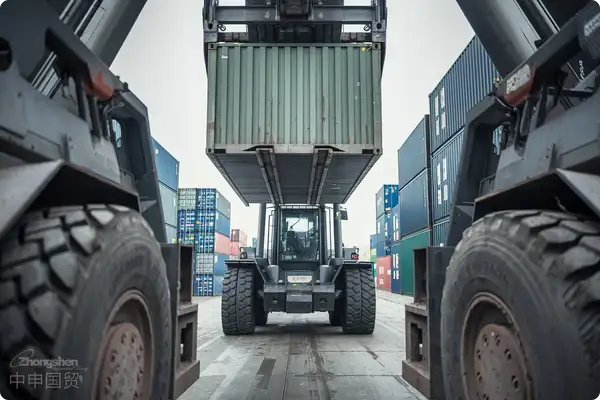- Shanghai Zhongshen International Trade Co., Ltd. - Two decades of trade agency expertise.
- Service Hotline: 139 1787 2118

High-nickel alloy import: Customs clearance challenges for special materials
As a professionalforeign tradeAs a professional agency, we recently successfully handled a batch of high-nickel alloy materialsImport Clearancebusiness. These special alloy materials are widely used in high-end manufacturing fields such as aerospace and petrochemical industries due to their excellent high-temperature resistance and corrosion resistance. However, they face special challenges in the import process, including complex HS code classification and strict documentation requirements.
Preparatory work: The art of document verification
Before shipment, our professional team began meticulous preparation work:
- Triple verification of trade documents: Consistency checks of contracts, invoices, and packing lists are fundamental. We pay special attention to the accuracy of key information such as material composition and specifications
- It is recommended to verify through the following methods:Verification: Verification of certificate authenticity and preferential tariff applicability. This verification alone saved the client 2% in tariff costs
- Pre - classification Service: For the complex composition of high-nickel alloys, we conducted HS code pre-confirmation in advance to avoid later classification disputes
Complete record of Shanghai port clearance practice
The real test begins after the goods arrive at the port:
Key points for bill of exchange procedures
We encountered cases where discrepancies in consignee information on bills of lading caused delays. Now we always confirm in advance with shipping companies:
- Differences in handling original bills of lading/telex release
- Demurrage fee calculation rules
- Special working hour arrangements
Key points for customs declaration and inspection
Special attention is required for high-nickel alloy declarations:
- Nickel content percentage must be accurate to two decimal places
- Material certificates and usage descriptions must be provided
- Some specifications require automatic import license processing
Practical case of tax calculation
Taking a batch of high-nickel alloy worth USD 500,000 as an example:
| Project | Calculation method | Amount (USD) |
|---|---|---|
| Tariff | 500,000×6% | 30,000 |
| Value - added Tax | (500,000+30,000)×13% | 68,900 |
| Total | 98,900 | |
Inspection Response and Logistics Distribution
Our statistics show that the inspection rate for high-nickel alloys is approximately 15%, with primary focus on:
- Radioactivity testing (some alloys contain trace elements)
- Consistency between actual composition and declaration
- Hazardous material labeling inspection
By preparing test reports and MSDS documents in advance, we maintain an inspection pass rate of over 95%. Within 48 hours after clearance, we can complete:
- Port pickup
- Special vehicle arrangement (some alloys require constant-temperature transportation)
- GPS-monitored delivery throughout the process
Experience Summary and Risk Warnings
Through this case, we have summarized three golden rules for high-nickel alloy imports:
- Pre-classificationAvoid customs delays caused by incorrect HS codes
- Document authenticityEnsure authenticity and validity of certificates, especially the certificate of origin and test reports
- Contingency planPrepare complete technical documentation for potential inspections
We also remind importers to pay attention to:
- The impact of China-US trade friction on certain alloy materials
- Changes in RCEP rules of origin implemented since 2023
- Fluctuations in customs clearance efficiency during special periods at Shanghai Port
Professional Services Create Value
In this case, our professional services delivered significant value to the client:
- Saved RMB 12,000 in tariffs through classification optimization
- Avoided RMB 35,000 in demurrage charges through expedited processing
- Achieved logistics visibility through end-to-end tracking system
If you are planning to import high-nickel alloys or other special materials, feel free to contact our expert team for customized solutions.
Related Recommendations
? 2025. All Rights Reserved. Shanghai ICP No. 2023007705-2  PSB Record: Shanghai No.31011502009912
PSB Record: Shanghai No.31011502009912










